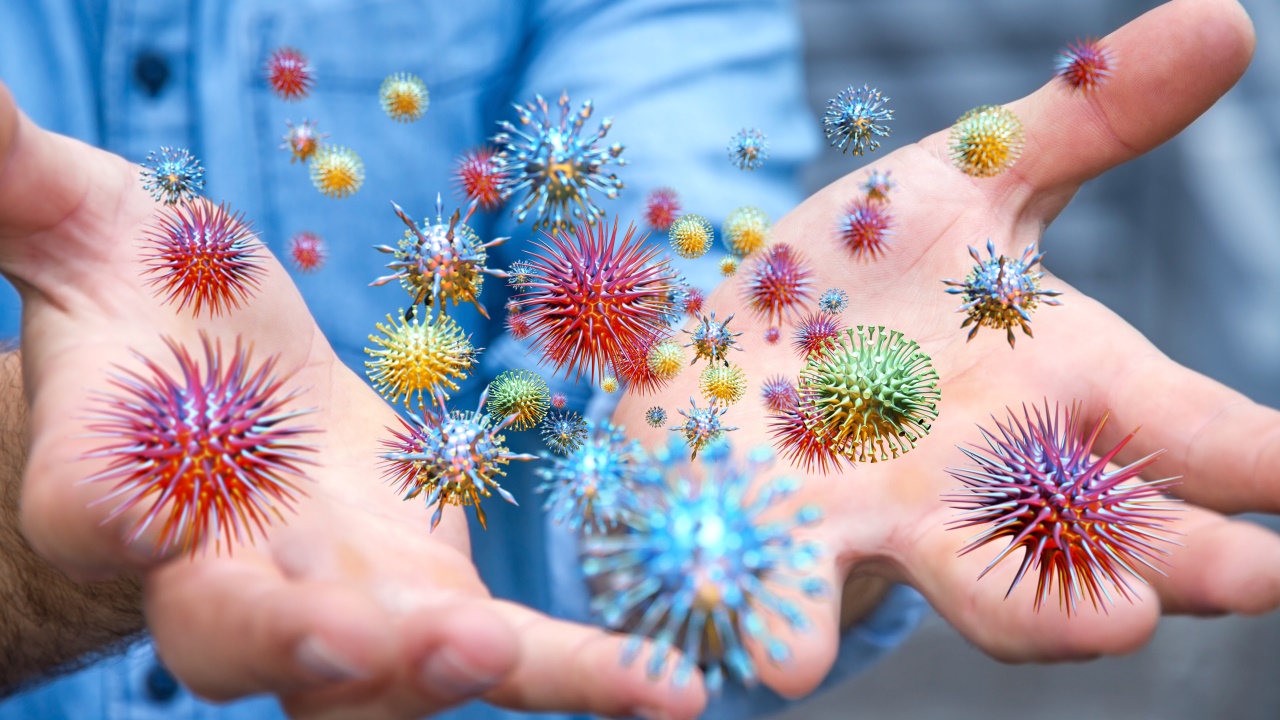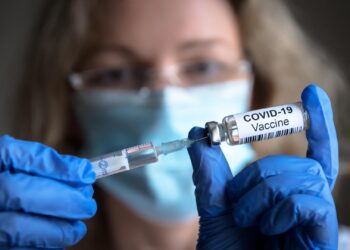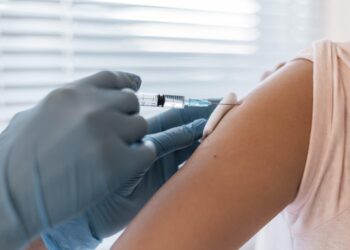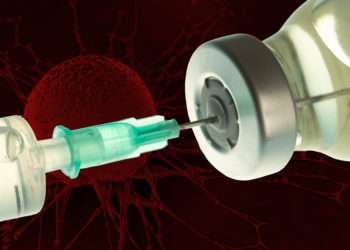I patch vaccines represent a promising solution to fight against infectious diseases around the world, and their importance has increased even more due to the COVID-19 pandemic. In particular, pathologies such as measles and rubella have experienced a significant increase in recent times. To address this challenge, the global alliance for vaccines and immunization, known as Gavi, is soliciting targeted investments to fund the production of these devices and conduct clinical trials, with a view to making them available as soon as possible.
The history of patch vaccines has roots in the last century, when scientists first considered the possibility of administering drugs through the skin, the largest organ of our body. In 1979, the world‘s first transdermal patch was marketed, used for the treatment of motion sickness. Since then, further patches have been developed, but only a few molecules were able to effectively penetrate the skin barrier.
To overcome this challenge, researchers have begun to explore alternative methods of administration. One innovative approach has been the use of microneedles, inspired by techniques used in the computer chip industry. These needles are small enough to deliver vaccines through the skin. However, more research was needed to incorporate the active ingredients into the patches. In 2014, Mark Prausnitz, director of the Center for Drug Design, Development and Delivery at the Georgia Institute of Technology in Atlanta, founded Micron Biomedical to continue studies in this field.
Micron Biomedical researchers recently completed a Phase 1-2 clinical study of a measles and rubella vaccine patch. The study involved 45 adults, 120 children and 120 infants. The results of the trial, presented at the 7ᵃ International Conference on Microneedles in Seattle, confirmed that the patch was safe and effective, stimulating immune responses similar to those obtained with traditional subcutaneous injections.
Currently, studies are underway to develop vaccine patches against COVID-19, influenza, hepatitis B, while patches for human papilloma virus (HPV), typhoid and rotavirus are still in preclinical development. Vaccine patches offer many advantages. First, they reduce the pain and discomfort associated with traditional injections, making it easier to administer to children and adults with needle phobia. Furthermore, from a logistical point of view, the plasters are thermostable, easy to transport and can be applied without the need for specific training. This simplifies vaccination in countries where health infrastructure is less developed and resources, such as electricity and refrigerators, are limited.
According to Derrick Sim, executive director for vaccine markets and health security at Gavi:
Vaccine patches have the potential to transform immunization, especially in low-income countries.
Finally, patches could play a crucial role during pandemic, as some research suggests they may induce a stronger immune response than traditional vaccines, potentially at lower doses, ensuring a longer supply life. Furthermore, being self-administerable, they could avoid the need to travel to crowded vaccination centers, thus reducing the risk of contagion.

Covid-19 vaccines: a study reveals the extent of investments





